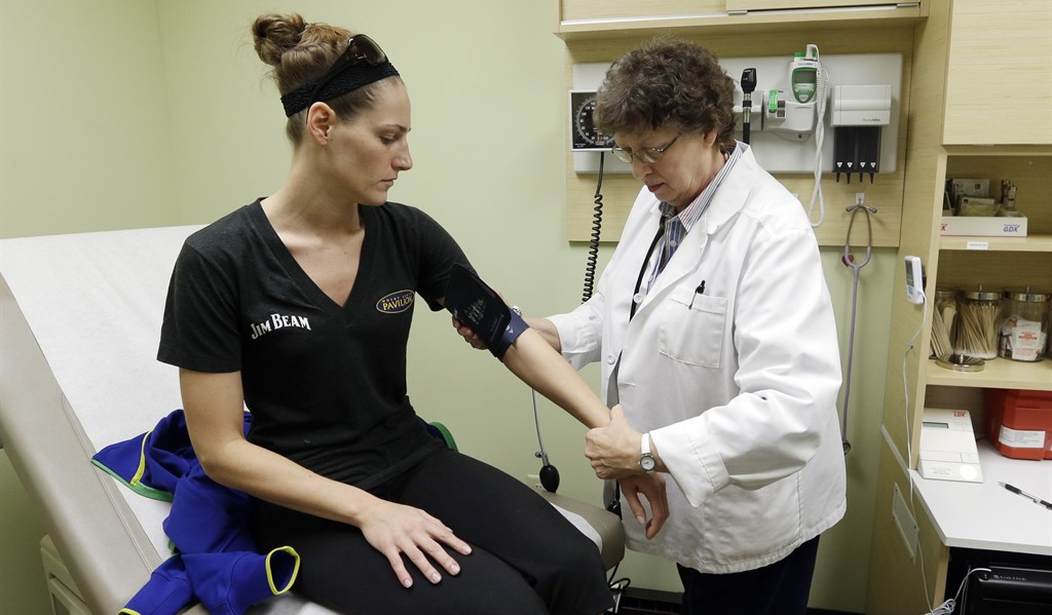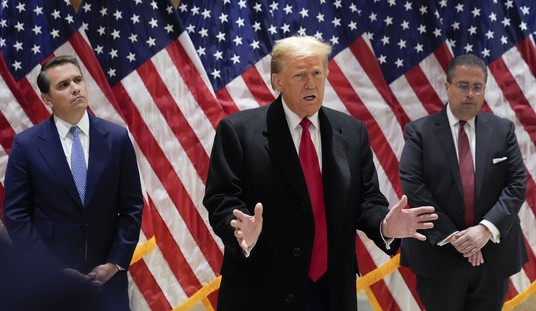It's getting tough to pay for healthcare. CBS Moneywatch reports that deductibles are rising rapidly as the insurance markets adapt to the new world of the Affordable Care Act. Yet despite these increases, the overall premium you pay to have insurance also continues to rise, leading to a sum total wallop to the wallet of the average American. While this is greatly burdening Americans today, it does present an opportunity for transformation tomorrow.
As the Moneywatch article explains, the high deductibles Americans are experiencing should, in theory, pressure them to make more informed, conservative health spending choices. After all, high deductibles essentially make health insurance more like other types of insurance: protection against catastrophic costs. This means consumers pay for most routine services out of pocket, including urgent care visits, basic prescriptions, routine care, even emergency room visits, up to an annual deductible of, say, $6,000 for a family of four.
This market incentive is good, because when we pay for these smaller costs out of pocket, we are more keenly aware of what we are spending. But there are two major problems still confronting Americans.
The first is that health insurance premiums (the cost to have health insurance) have continued to rise, which isn’t surprising in the post-Obamacare world. The Affordable Care Act made purchasing insurance mandatory, and has required private insurers to ignore pre-existing conditions and most other underwriting considerations. Whatever you think of the ACA, anyone with sense could see that it was likely to increase costs. Simultaneously, the cost of healthcare itself has continued to rise, resulting in a troubling combo: increasing premiums to go along with those increasing deductibles.
Recommended
In theory, one of the economic goals of a higher deductible is to lower premium costs and incentivize Americans to shop around. They have money in hand now that would have previously gone to pay for their premium, and they use that money to cover healthcare costs until they meet their deductible. But because the money is in their hands, suddenly people feel they are really spending their own dollars, which leads them to be a bit more careful. Absent shrinking premiums, however, the high deductible approach falls short of its best goals, and Americans wind up finding it hard to afford any care at all.
The second problem confronting Americans is outlined in the Moneywatch article. Even though consumers are being incentivized to shop around, they are frequently unable to make informed purchasing choices. Too often, cash-strapped Americans forgo truly necessary care that would save them money in the long term because it seems expensive in the short term. Or they have no expertise or resources for distinguishing between multiple treatment, testing, or provider options, so they just default to whatever their doctors recommend without looking into any options at all.
The rising costs of premiums, higher deductibles, and this lack of consumer knowledge create a bad cocktail. But while the present is bleak, there is great potential for the future. More than anything else, the situation calls for reviewers, counselors, and educators.
? We need Yelp and its kin for doctors, testing centers, and hospitals, featuring both patient reviews and real data (already in the works).
? Doctors need to provide their patients with greater value by shopping around for good deals when referring their patients for testing or specialist care. Your doctor knows the system better than you do, so she and her office can be an advocate on your behalf to help you balance quality and cost and make a wise choice. Enterprising primary care doctors could add this service as a fantastic feature in their overall care package. And any doctor, medical testing lab, or hospital that wants to win the high-deductible future better make sure its price list of services is clean, clear, readable, and easily accessible.
? Finally, we need resources that help ordinary people get informed on the basics of managing their healthcare. There is a room here for a multitude of players. Local government could help by offering free mini-courses at the local library on healthcare saving and spending. Small businesses could improve the health and financial well-being of their employees by pointing them to online resources or bringing in a consultant on healthcare planning. Nonprofits, churches, community associations… there are many institutions that have a great interest in improving the health and pocketbooks of average people.
None of these solutions will drastically change how our healthcare industry deals with the most expensive procedures. Budget-busting treatments will still trigger catastrophic insurance, which obfuscates the entire process. But when combined, the solutions above could completely overhaul the way we approach basic care and medical testing.
All comparisons are imperfect, but it might help to think of the new world of health insurance the way you think of auto insurance and auto repair work. Most people have a car and car insurance. Their insurance kicks in only in the case of catastrophe.
Underneath that barrier, people pay out of pocket for work they think their car needs. Many people have little-to-no knowledge of what their car needs. They rely on auto mechanics, each of whom may or may not be as skilled or honest or affordable as the next.
With auto work, the incentives are in place for consumers to save up for routine maintenance and small repairs, do some research and some shopping around to save money, buy insurance in case of catastrophe, and make careful choices.
Health insurance and health care costs are similar, but on a much larger scale. And the rising costs of healthcare and insurance premiums are making even the most basic, routine healthcare hard to afford right now. Our best hope is for consumers to adapt quickly. If they do, the industry could be transformed over the next several years, and we might be looking at a much leaner medical industry, particularly on the doctors and testing center side. In the post-Obamacare world, this may be a bit of a pipe dream, but we can certainly work for the best in a messy situation.

























Join the conversation as a VIP Member